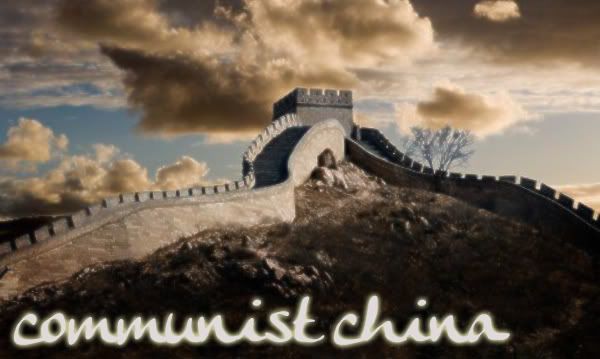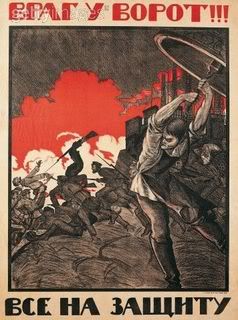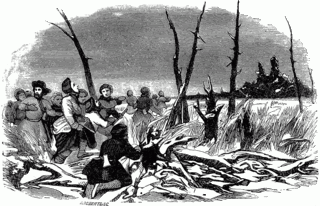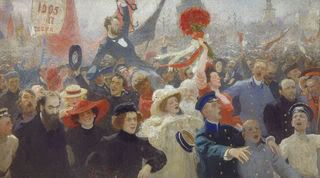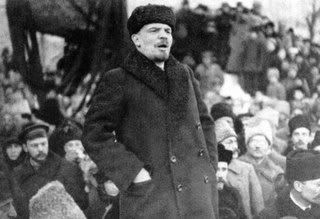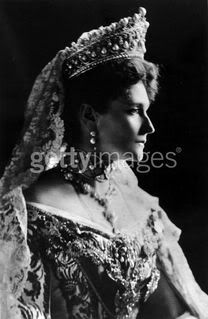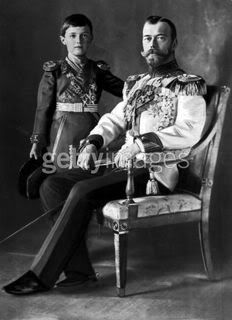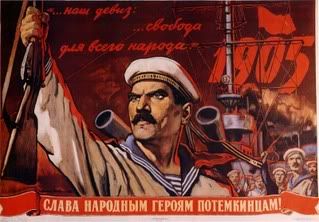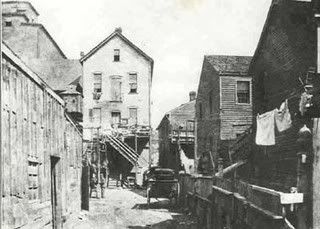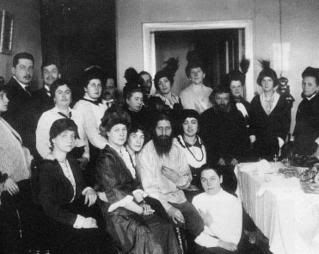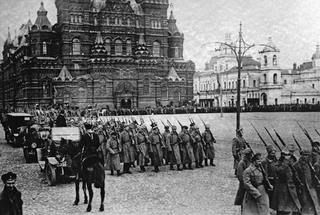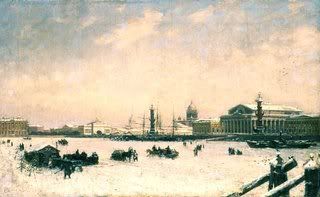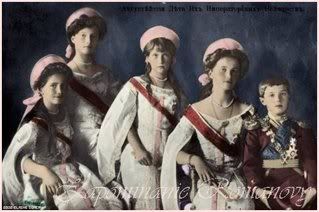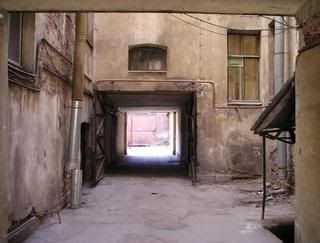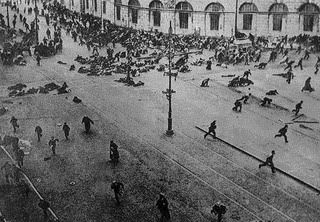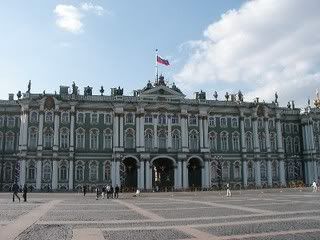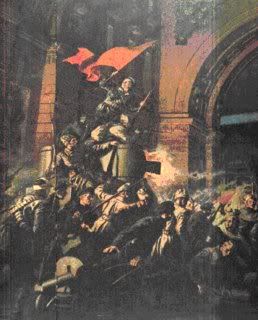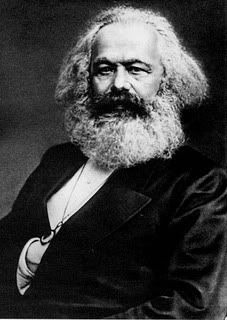Following the events of Bloody Sunday, there came an endless tumult of strikes and demonstrations for the most of 1905. All groups and social classes joined in these strikes, from peasants to professionals, and they demanded reforms in the government, while the national minorities wished for independence and equal rights. Urban workers started forming organisations called Soviets to co-ordinate strikes. In October, a general strike spread throughout the major cities in Russia, bringing the country to a standstill.
Following this, the Tsar was forced to make concessions in the form of the October Manifesto, which promised a democratically elected parliament (the Duma) that would represent the people fairly, civil rights, the right to form political parties and an end to press censorship.
Some time after the concession was made, soldiers from the Russo-Japanese war started returning and the Tsar used these soldiers to reassert control. He crushed the St Petersburg Soviet (one of the largest and most influential soviets) and the soviet movement and turned his forces on the peasants to bring the countryside under control.
He also went back on his word and curtailed the power of the Duma, as he had veto power over all of the ministers. The revolutionary parties then decided to boycott the Duma when they could not get any significant changes made to their plight. After these events, however, the Duma did manage to alleviate some of the suffering of the people by introducing new land reforms that encouraged higher production.
1917 Revolution (the big one)
Although some progress had been made, few benefits had filtered down to the working class, and the Tsar remained an entrenched autocrat, reluctant to give up any power. The deepening discontent of the country was catalysed into the 1917 revolution by the arrival of the First World War.

The First World War
Many Russians were killed and it was mandatory for all young men to fight in the war, which made many families unhappy. The heavy defeats further disillusioned the country, and things did not improve even when the Tsar went to the frontline to take personal charge.
The Tsarina Alexandra and holy man Rasputin were put in charge of running the country. They were terrible rulers and dismissed able ministers in favour of their own friends and the entire country went amok.
The war distrupted supplies to the city, and food, goods ad raw materials were in short supply. Food was scarce and inflation was high, lack of fuel meant that people were cold and hungry and hundreds of factories closed, leaving thousands out of jobs.
With the country deteriorating daily, the Duma offered Tsar a proposal that would slip Russia into a constituional monarchy and remove all the pressure from the Tsar permanently. However, the Tsar refused.
In the wake of the numerous defeats at the frontline, Rasputin and the Tsarina continued to manage the country haphazardly. Workers were at the edge of despair with the cost of living having risen 300% and food being virtually unobtainable. Rasputin was known as a holy man, and seemed to have the ability to control the haemophilia which afflicted the Tsar's son, Alexis. This convinced the Tsarina to believe that he had been sent by God to save her son, and this brought him an elevated position in court where he had much authority. Mostly under his influence and advice, Russia had fallen into disrepair. This led the people to believe that the Tsar was ruling the country so poorly because he was under the influence of Rasputin, and Rasputin was murdered by Prince Yusupov in 1916, after many unsuccessful attempts on his life had been made. (go here for more on the murder of Rasputin)
However, even after Rasputin, Russia continued to decline and the Tsar's hold on the country was beginning to loosen as the people began to become more vocal.
The February Revolution was a series of increasingly violent strikes and demonstrations.
It started when several workers announced that they were going on strike. Other demonstrations were held demanding food and soon, many were calling for an end to the war and autocracy at large assemblies. There were many clashes with the police and demonstrators armed themselves with weapons stolen from the police headquarters. On February 25, after three days of violent riots, the Tsar sent in a battalion of soldiers to quell the fighting. However, these soldiers soon grew sympathetic and ended up joining the crowds instead. Their entry helped make the revolt more successful by giving it lethal military weapons which the police were defenceless against.
Initially, the Tsar refused to believe the reports of all the chaos and did nothing to calm the people down. It was only when he was taking the royal train to the capital one day (to visit his sick son) that he realised the truth. Disloyal troops diverted the train's route and brought the Tsar to the Army Chiefs and ministers instead of the palace. There, it was suggested that the Tsar abdicate in order to save the country further chaos, and this he did the next day. The Tsar and his family were later placed under house arrest and murdered during the civil war.
